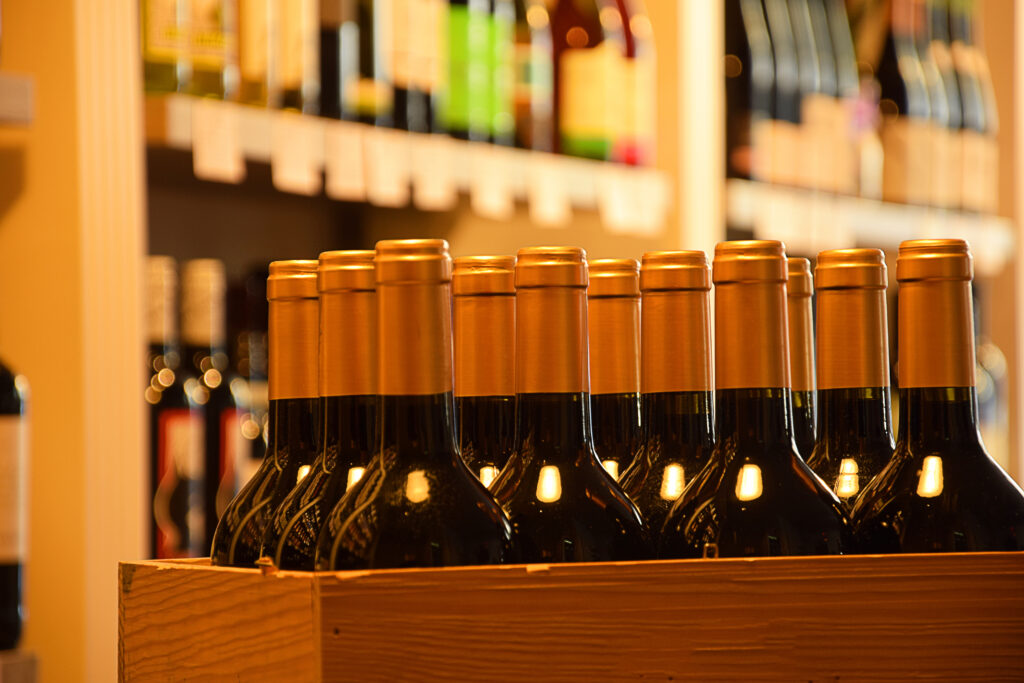Creating a high-quality beverage label requires an understanding of beverage label requirements, branding, and labeling processes.
Learn about food and beverage labeling here.
What is a beverage label?
A beverage label is used to label beverage containers such as juices, beers, wines, waters, and more.
Labels for the food and beverage industry have unique labeling requirements, which can include specifications for label size, prominence of the label, and information printed onto the label itself.
What needs to be on a beverage label?
The Food and Drug Administration’s (FDA) food labeling guide notes that the principal display panel (PDP) must contain the statement of identity (name of the food) and the net quantity statement (amount of product).
To the right of the PDP is the information panel, which includes:
- the name and address of the manufacturer, packer, or distributor
- the ingredient list
- nutrition labeling
- any required allergy labeling
What is required on a beverage label also depends on the type of beverage you are labeling. Wine labels, for example, must include the appellation of origin, brand name, class or type designation, and the percentage of foreign wine, if applicable. Meanwhile, beverages that claim to contain juice must declare the percentage of juice.
Learn more about food labeling requirements here.

Types of beverage labels
Types of beverage labels include pressure-sensitive labels, shrink sleeves, and labels that can be stuck on with adhesive. The beverage label that works best for your business will depend on your beverage and the type of container you’re using to bottle it.
Beverage label best practices
Beverage labels should be crisp, clear, and easy to read. The design should reflect the product brand and help differentiate it from others. Labels should be aligned with the beverage container and applied neatly to provide the best user experience and prevent supply chain issues when scanning barcodes.
Benefits of using high-quality beverage labels
High-quality beverage labels will help your product stand out on crowded marketplace shelves and convey your differentiators.
Unfortunately, printing and applying these beverage labels can be expensive and time-consuming when done by hand. Companies struggling to create high-quality labels may want to consider investing in a print and apply labeling machine, which can automatically print and apply eye-catching labels to your beverage containers. This quick, repetitive process reduces human error and is much more efficient than manual application.
Labelers for food and beverage applications are designed to print a broad assortment of clear, crisp labels with all relevant information. Although these machines require an initial investment, print and apply labelers provide a strong ROI by working faster and more accurately than traditional methods, resulting in fewer costly errors that slow production. Certain brands of labelers, like the ones through Paragon Labeling, can also be configured to label various products, from beverage containers to cartons used to deliver bulk orders.
